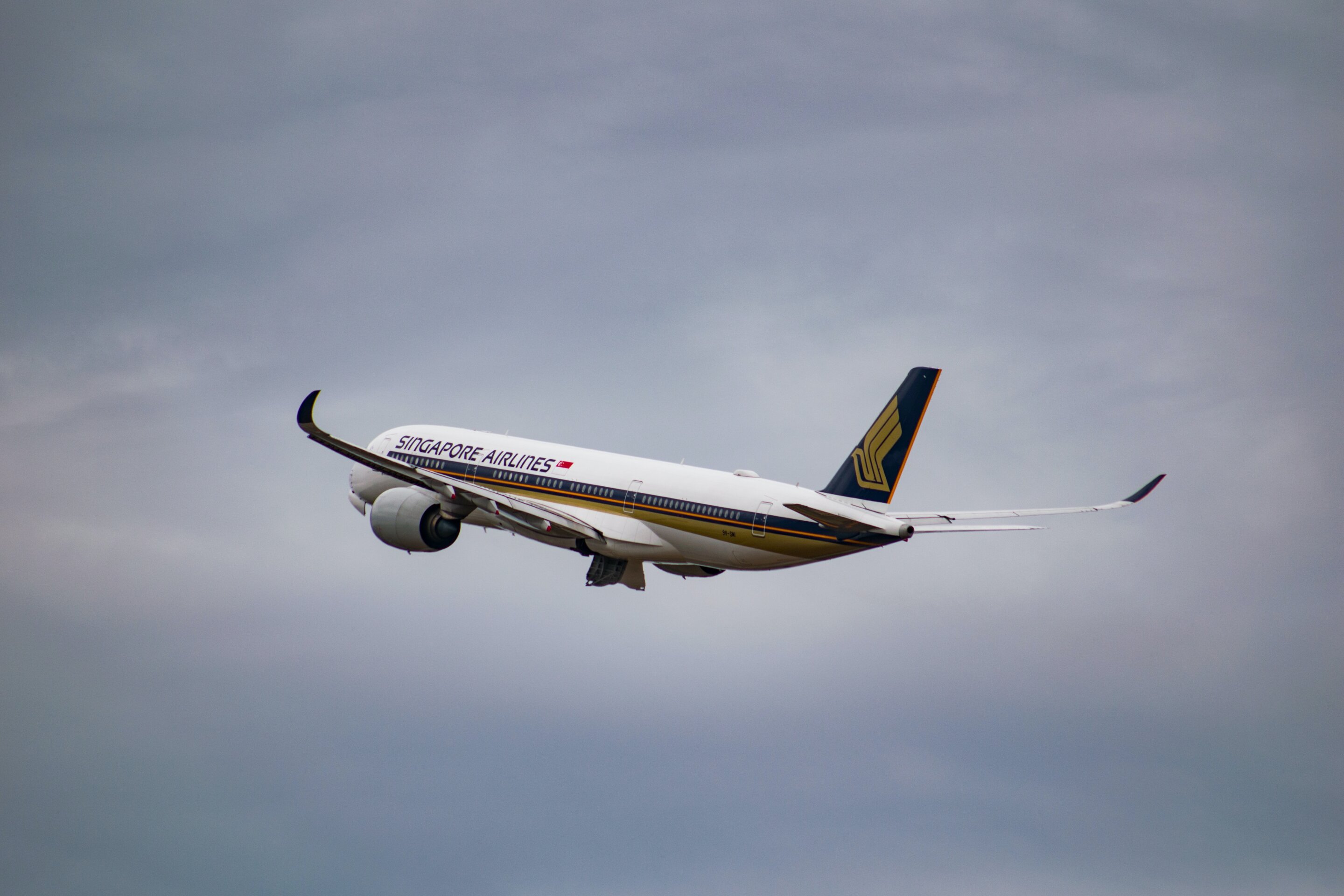Randy Jennings
Supporter
- Joined
- May 18, 2013
- Messages
- 843
DFW Airport TX (WFAA TV) - " Wednesday marked the 32nd anniversary of the crash of Delta Flight 191 at Dallas/Fort Worth International Airport. The Lockheed L-1011 jumbo jet was coming in for a landing on a rainy Friday evening Aug. 2, 1985, when it encountered a "microburst" that sent the aircraft careening along the ground north of runway 17L, according to the National Transportation Safety Board. The plane struck a car on Texas Highway 114, killing its driver, then broke up in a fireball as it slammed into two large above-ground water tanks. The crash killed 136 passengers and crew on board plus the motorist; 27 people survived the impact. The NTSB investigation said although the pilot was experienced and competent, training in dealing with microbursts was lacking. After the crash, pilots were required to train to react to microbursts and quickly take evasive action. Since then, weather forecasting and windshear detection also has improved."
Several stories at:
http://www.wfaa.com/news/local/crash-of-delta-191-32-years-since-hell-ripped-open/461435548
http://www.wfaa.com/news/local/dall...rash-survivor-speaks-32-years-later/461444963
http://www.nbcdfw.com/news/local/Delta_Crash_30_Years_Dallas-Fort-Worth-320450222.html
http://www.star-telegram.com/news/local/community/fort-worth/article164976827.html
If you haven't read about this, the Wikipedia article is interesting too: https://en.wikipedia.org/wiki/Delta_Air_Lines_Flight_191
The NWS FWD write-up is at https://www.weather.gov/fwd/delta191. It includes a lot of god info on microbursts.
After a long investigation, the National Transportation Safety Board deemed the cause of the crash to be attributable to pilot error (for their decision to fly through a thunderstorm), combined with extreme weather phenomena associated with microburst-induced wind shear. The NTSB also determined that a lack of specific training, policies, and procedures for avoiding and escaping low-altitude wind shear was a contributing factor.
Flight 191 accident marked the 3rd event between 1975 and 1985 in which more than 100 fatalities occurred in an aircraft incident due to a microburst in the United States. These events lead to a increased focus on weather observation and forecasting and emergency response including:
* The replacement of the WSR-57 with the WSR-88 Doppler radar
* Terminal Doppler Weather Radar (TDWR)
* NASA researchers at Langley Research Center modified a Boeing 737-200 as a test bed for an on-board Doppler weather radar. The resultant airborne wind shear detection and alert system was installed on commercial airliners in the United States after the FAA mandated that all commercial aircraft must have on-board windshear detection systems
* Better training, policies, and procedures for avoiding and escaping low-altitude wind shear
* Automated voice notification systems for emergency mutual aid notifications that resulted in significant improvements in response time on the 1988 DL 1141 crash and the NTSB recommendation that similar systems be adopted nationwide
Other ingesting facts about DL 191 crash and aftermath include:
* Don Estridge, known to the world as the father of the IBM PC, was killed in the crash
* Longest aviation trial in American history, lasting fourteen months during 1988 to 1989
* First use of computer graphic animation as substantive evidence in federal court
* There are at least 5 other "Flight 191s" that have resulted in tragedy or near tragedy (https://en.wikipedia.org/wiki/Flight_191) and many airlines stopped using 191 as a flight number, alough Delta has resumed using it as a daily flight from Beijing to Detroit.
Several stories at:
http://www.wfaa.com/news/local/crash-of-delta-191-32-years-since-hell-ripped-open/461435548
http://www.wfaa.com/news/local/dall...rash-survivor-speaks-32-years-later/461444963
http://www.nbcdfw.com/news/local/Delta_Crash_30_Years_Dallas-Fort-Worth-320450222.html
http://www.star-telegram.com/news/local/community/fort-worth/article164976827.html
If you haven't read about this, the Wikipedia article is interesting too: https://en.wikipedia.org/wiki/Delta_Air_Lines_Flight_191
The NWS FWD write-up is at https://www.weather.gov/fwd/delta191. It includes a lot of god info on microbursts.
After a long investigation, the National Transportation Safety Board deemed the cause of the crash to be attributable to pilot error (for their decision to fly through a thunderstorm), combined with extreme weather phenomena associated with microburst-induced wind shear. The NTSB also determined that a lack of specific training, policies, and procedures for avoiding and escaping low-altitude wind shear was a contributing factor.
Flight 191 accident marked the 3rd event between 1975 and 1985 in which more than 100 fatalities occurred in an aircraft incident due to a microburst in the United States. These events lead to a increased focus on weather observation and forecasting and emergency response including:
* The replacement of the WSR-57 with the WSR-88 Doppler radar
* Terminal Doppler Weather Radar (TDWR)
* NASA researchers at Langley Research Center modified a Boeing 737-200 as a test bed for an on-board Doppler weather radar. The resultant airborne wind shear detection and alert system was installed on commercial airliners in the United States after the FAA mandated that all commercial aircraft must have on-board windshear detection systems
* Better training, policies, and procedures for avoiding and escaping low-altitude wind shear
* Automated voice notification systems for emergency mutual aid notifications that resulted in significant improvements in response time on the 1988 DL 1141 crash and the NTSB recommendation that similar systems be adopted nationwide
Other ingesting facts about DL 191 crash and aftermath include:
* Don Estridge, known to the world as the father of the IBM PC, was killed in the crash
* Longest aviation trial in American history, lasting fourteen months during 1988 to 1989
* First use of computer graphic animation as substantive evidence in federal court
* There are at least 5 other "Flight 191s" that have resulted in tragedy or near tragedy (https://en.wikipedia.org/wiki/Flight_191) and many airlines stopped using 191 as a flight number, alough Delta has resumed using it as a daily flight from Beijing to Detroit.

